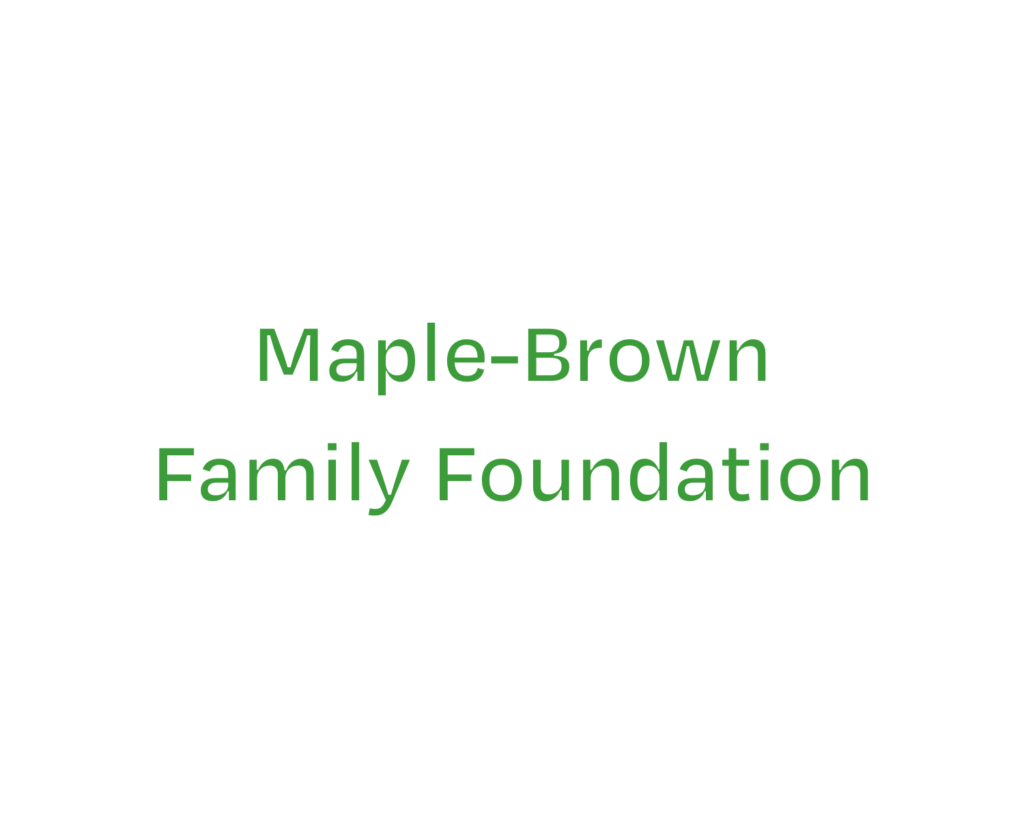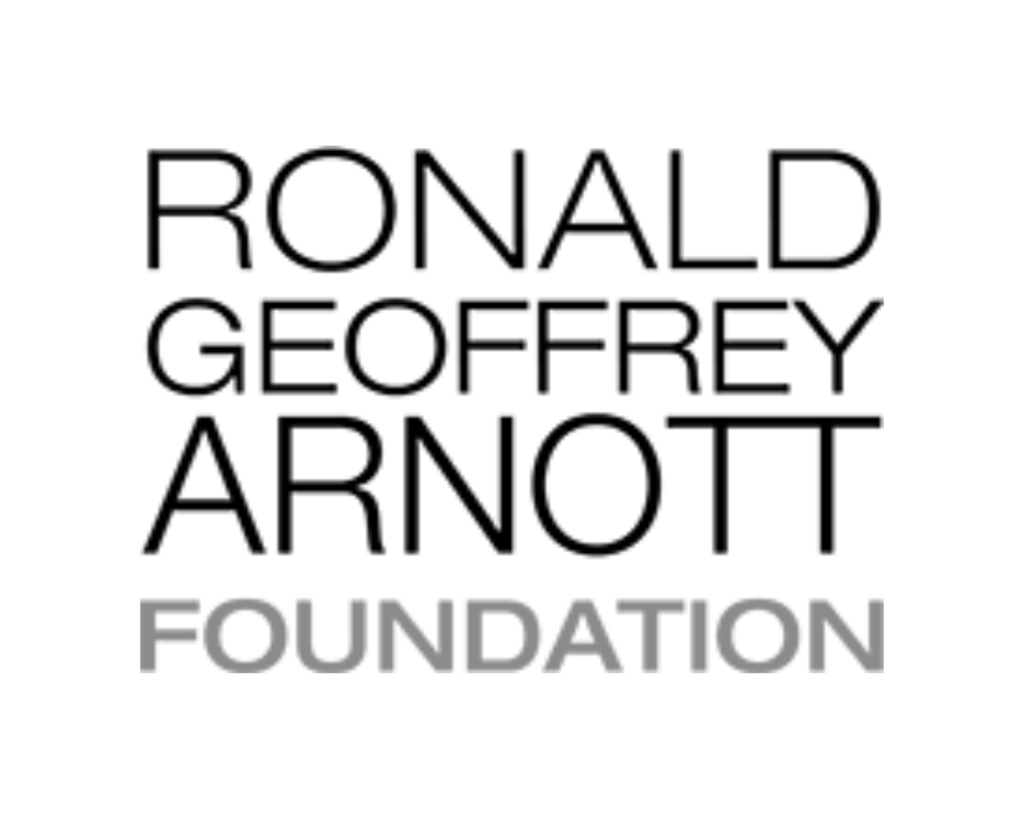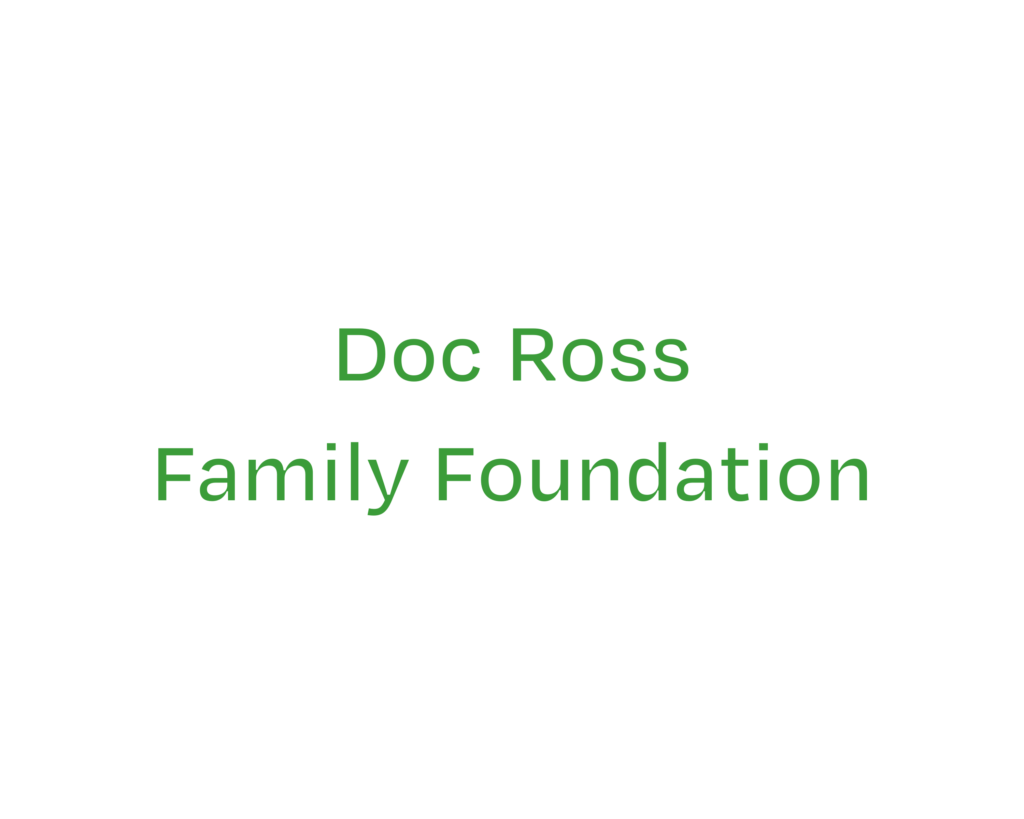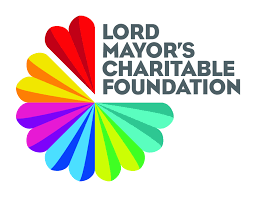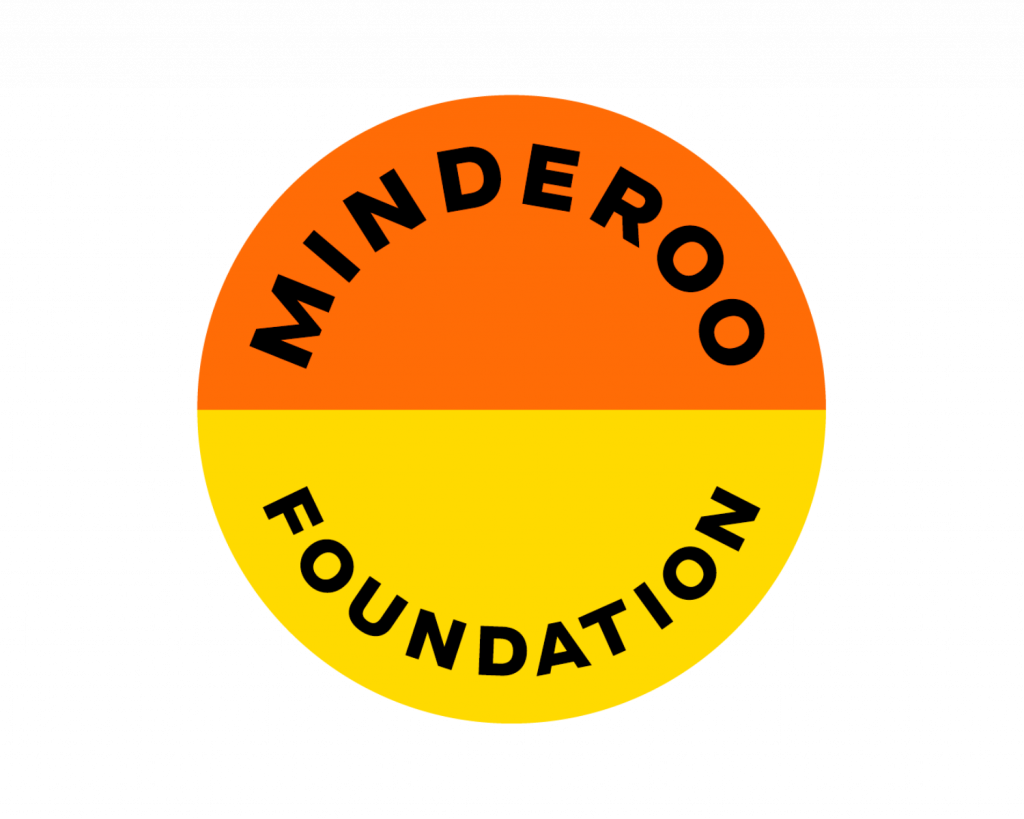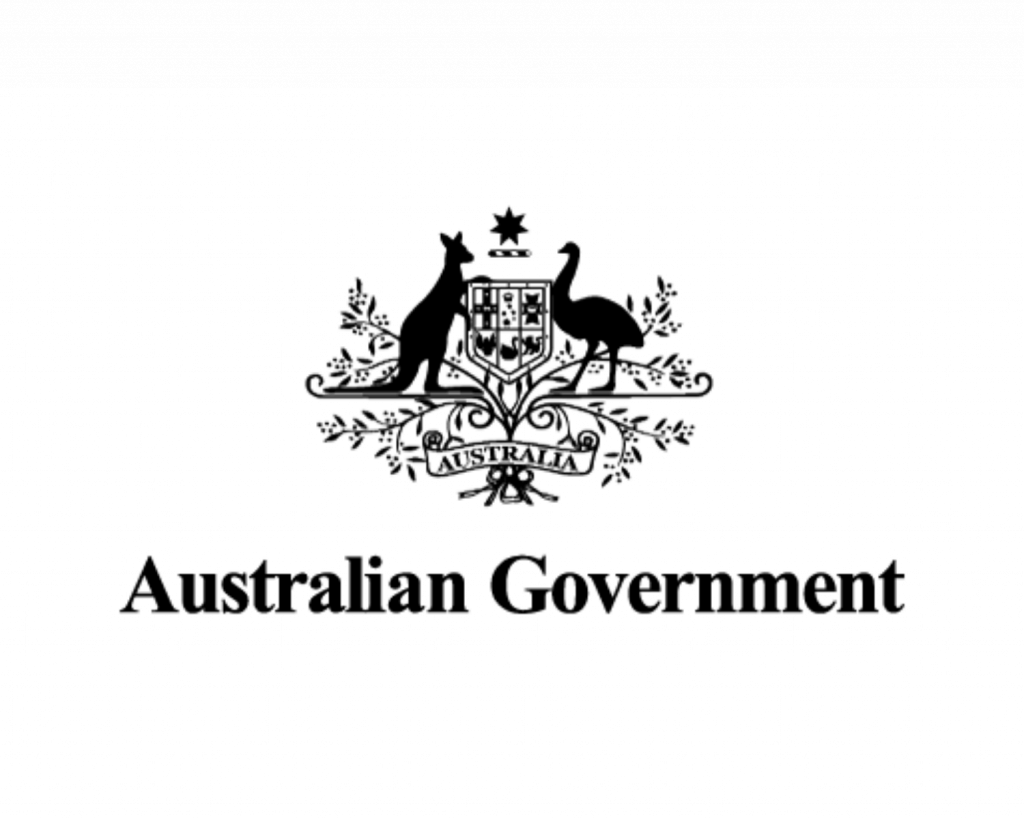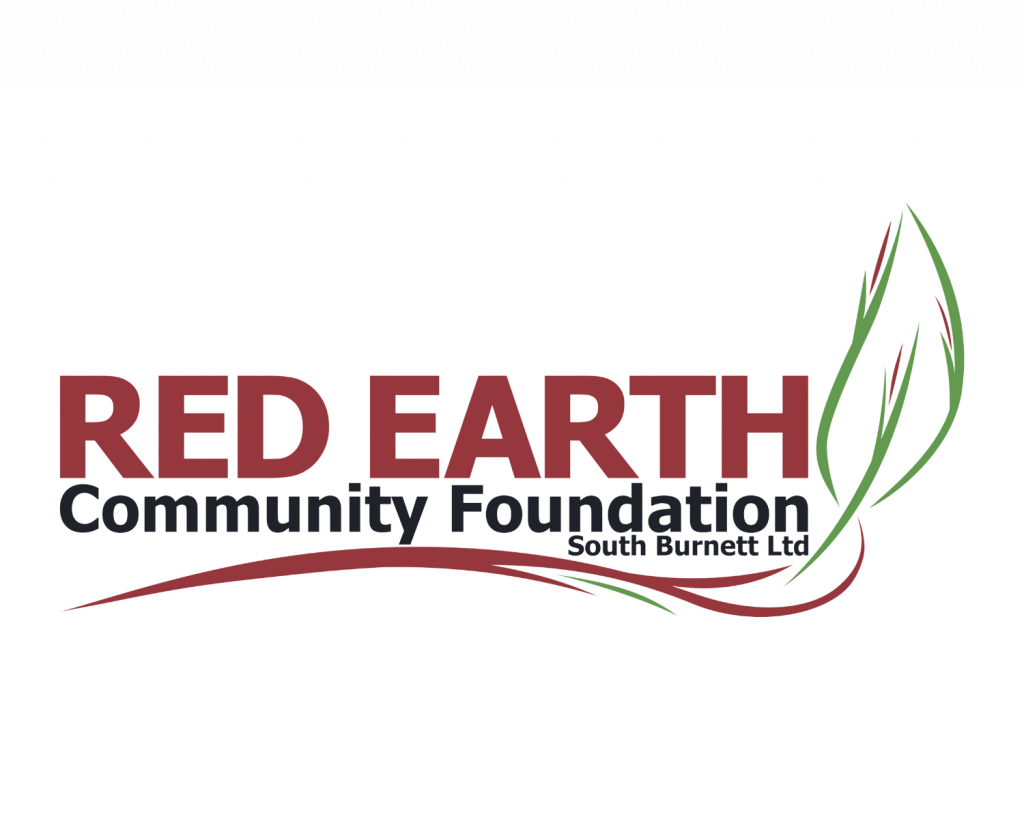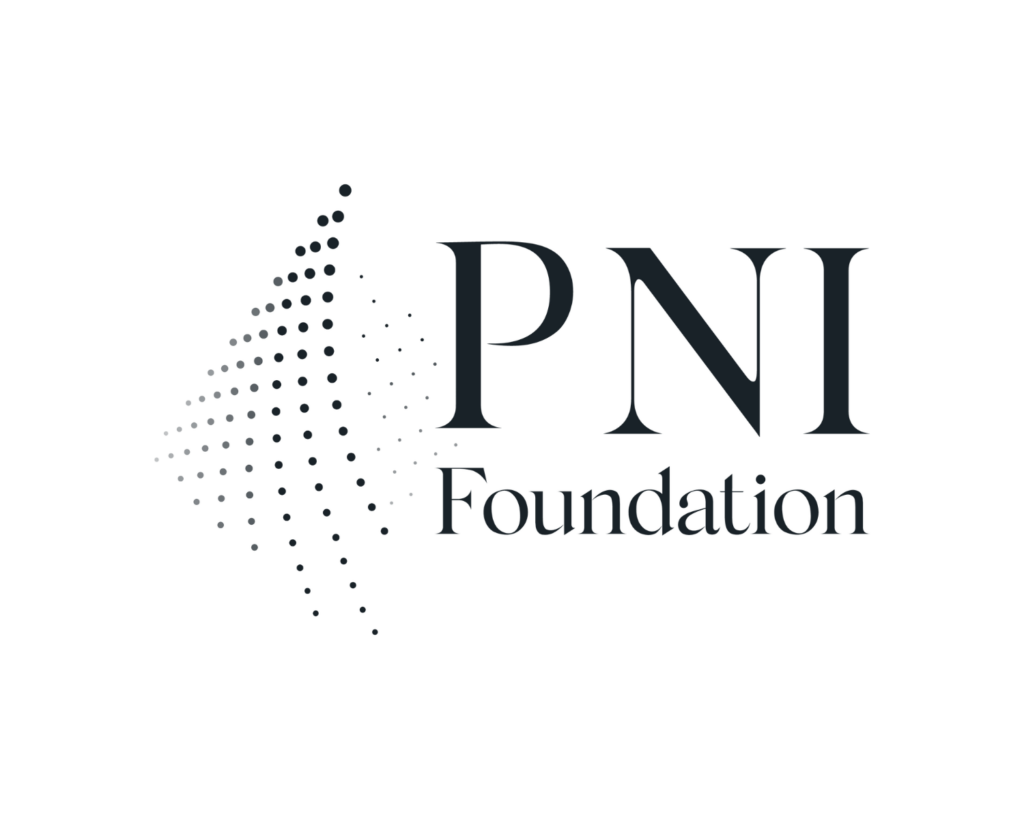Disaster Resilient: Future Ready

Disaster Resilient: Future Ready is a national initiative that supports remote, rural & regional communities to lead initiatives that improve wellbeing, increase preparedness and strengthen resilience. This enables them to have greater capacity to endure, adapt and evolve positively when faced with the impacts of climate, disasters and other disruptions.
Over several-years, FRRR works at a hyper-local level with grassroots organisations and community representatives to build local knowledge of climate risks, catalyse leadership and facilitate collective action to enact solutions that build on local knowledge and strengths at the intersections of people and place to strengthen social capital and build community resilience.
This program partners with specific place-based cohorts of communities. Learn more below.
Proudly supported by
Why is community resilience so important?
The occurrence of natural disasters in rural, regional and remote communities is on the rise, with significant consequences, including mental health issues, impacts to health and wellbeing, and increased disadvantage.
Communities that are engaged, connected, empowered, and have high social capital tend to respond and recover better from natural disasters and other disruptions than those with less capacity in these areas. FRRR and our partners know that they are also best placed to determine the most effective approaches to building their capacity and capabilities for their situation and context.
How the program works
As a multi-faceted model incorporating facilitation and development support, grants, and action research, DR:FR is focused on supporting and building the evidence base for community-led processes that strengthen resilience to natural disasters and other major shocks and stressors. DR:FR invests in social capital and in fostering the enabling conditions required for collaboration and innovation within communities and the ecosystems they are part of. The table below outlines how we do this.

Impact Areas
The Disaster Resilient: Future Ready program has three key impact areas:

Learn more about the current DR:FR place-based programs:
This program partners with place-based cohorts of communities and is not currently open for applications.
If you are interested in community-led resilience and/or partnering with FRRR through the DR:FR initiative in the future, please get in touch.
The DR:FR Support Model
Through a community-driven process, FRRR works with community working groups, and relevant stakeholders to support them to activate ideas that strengthen their capacity to adapt, enhance disaster preparedness and helps community resilience grow and flourish.
Support activities include facilitated activities, relationship building and community-generated conversations around resilience that are held at a pace and style that is appropriate for each local community.
Community teams plan, lead, and navigate their design journey, carrying out a range of activities that helps gain valuable insights and knowledge to inform the design of initiatives.
Community teams can tailor their processes, activities, tools, funding and support to suit their unique context, need and focus.
The program adopts an all-hazards approach to understanding potential disruptions, climate risk and disasters. Whilst not specifically focused on emergency planning for disasters, emergency preparedness activities may be identified and prioritised as part of a community’s DR:FR journey.
Community Outputs
Depending on their collective purpose and starting point with DR:FR, community working groups (and the broader community) may develop the following through a DR:FR Community Partnership:
- Shared Community Vision for a resilient and thriving future
- Community Resilience Insights
- Community Resilience Action Roadmap
- Detailed design concepts and implementation plans for priority initiatives
- Tested and iterated priority actions / projects
- New collaborations, partnerships and networks
- Community Initiative Impact Framework
- Etc.
Participatory Action Research
Working in partnership with the University of Sydney, the DR:FR program leverages participatory action research to understand, describe, and analyse what supports community resilience and preparedness for disasters. The action research team works alongside communities, FRRR and others to build capacity, facilitate action learning processes and guide evidence-based, contextually specific approaches to community resilience. Through this work, FRRR and program partners are developing an evidence-based framework and documenting practical methods, approaches and tools that communities can adapt to lead and strengthen resilience.
The history of DR:FR
The Disaster Resilient: Future Ready program began in 2017 after FRRR and program partners agreed that applied research was required to understand what it takes for communities to be better prepared, and critically, develop practical and evidence-based methods that communities can adapt to be Disaster Resilient:Future Ready. Since then, through the DR:FR program, FRRR and partners have been working with communities to explore, learn and build on their existing strengths and capacities with a specific focus on adaptive capacity and increasing resilience to natural disasters.
Read more about the history of the DR:FR program.

In 2015, FRRR and The Prince’s Trust Australia co-hosted a roundtable with a range of interested parties, including Red Cross Australia, Phoenix Australia, Regional Australia Institute, and several philanthropic organisations interested in disaster preparedness.
There was agreement among this group, and others, that research was required to understand what it takes for community groups to be better prepared, and critically, develop practical and evidence-based methods that communities can adapt to be Disaster Resilient: Future Ready.
Leveraging our experience in community support, bridging disaster recovery and preparedness with community development approaches, FRRR and program partners established Disaster Resilient: Future Ready in 2017 to work with communities and explore and understand effective approaches, methods and tools that support community resilience, and how resilience is defined and measured in different communities.
The program is underpinned by a participatory action research methodology, which supports partners to understand and measure the Process, Activities and Solutions at a program and community level.
Since 2017 the program has been developed over several stages including a Literature review, framework co-design and place-based pilots in NSW. It is now currently operating in the National Extension phase with place-based programs across Australia.
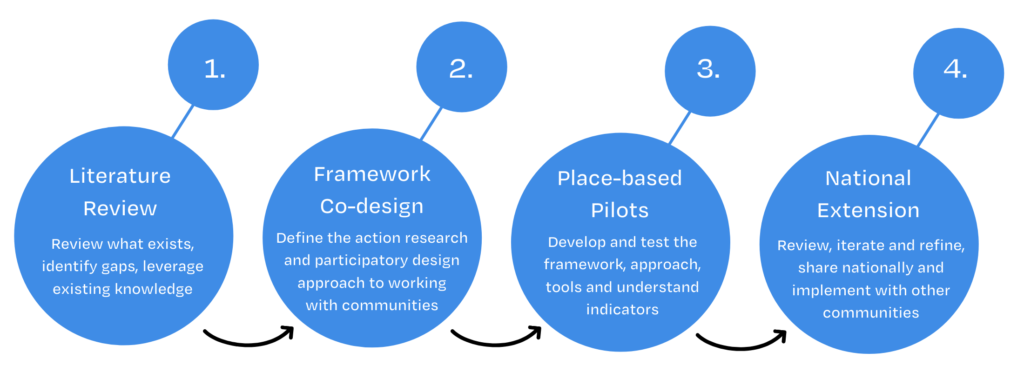
The first iteration of the Disaster Resilient: Future Ready program was piloted in three communities in NSW from 2017-2020. In response to learnings from the pilot project and new research and practices in disaster recovery and community-led resilience, the model has been reviewed and adapted for the Victorian iteration in 2021-23.
Further Information
More partners welcome
If you share our views about the urgency of this issue and have an interest in working collaboratively to develop systemic, sustainable and community-led, place-based responses, we encourage you to read the resources above and get in touch to explore how you can join the partnership and be part of leveraging a solution. Please contact Nina O’Brien, Disaster Resilience and Recovery Lead.
“Every dollar you spend upfront in some type of resilience initiative can be helpful to prevent the same recurring events that happen if all you do is respond after disasters.”
Joe Ruiz, Director of UPS Humanitarian Relief Program




